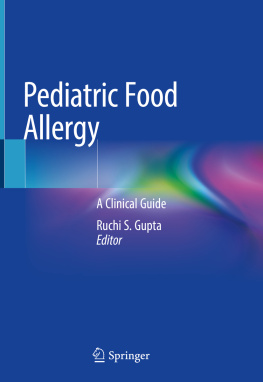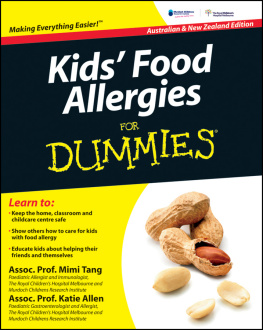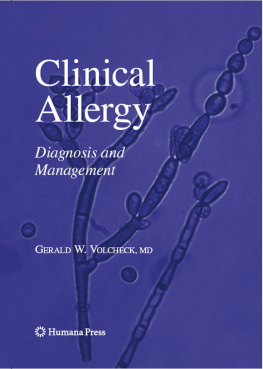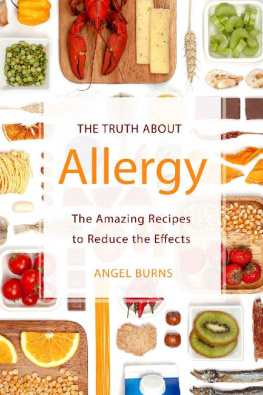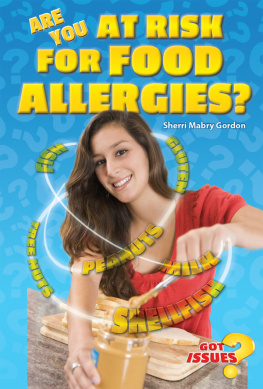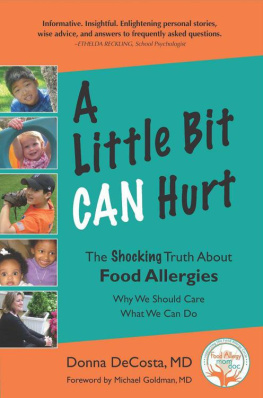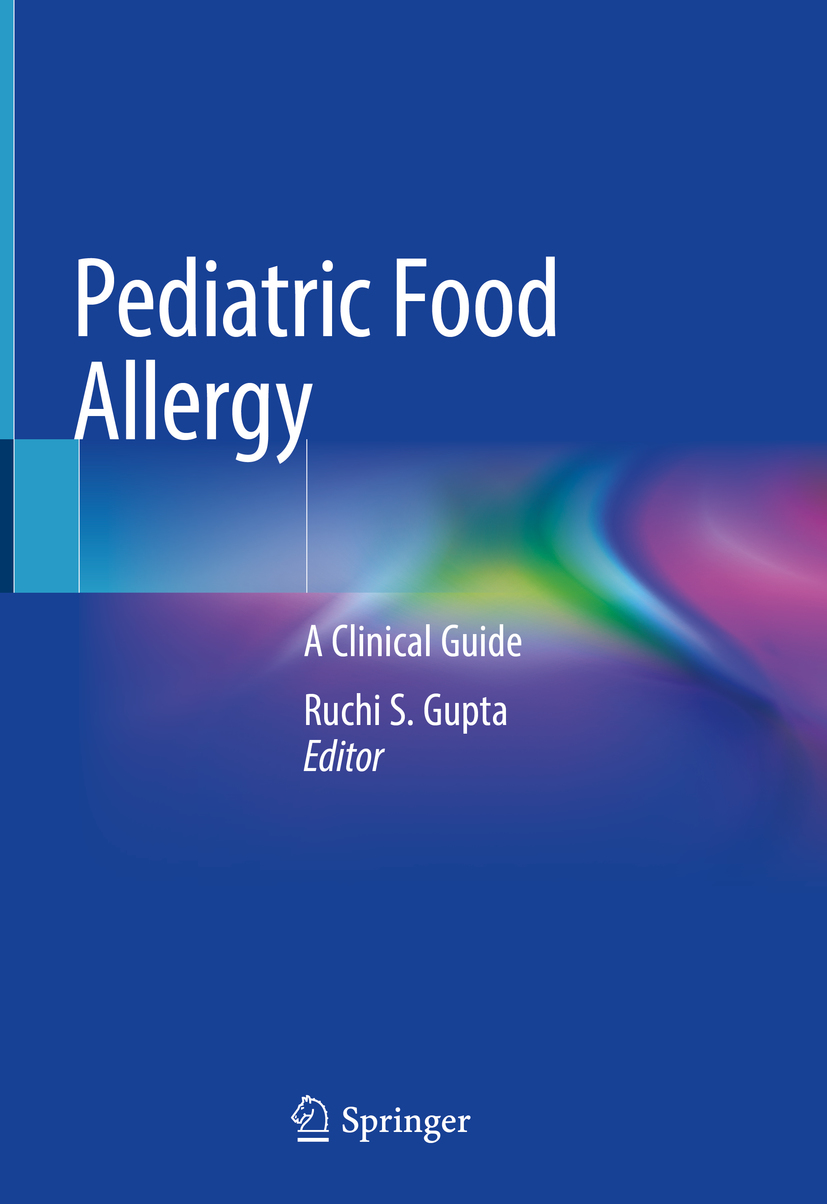Editor
Ruchi S. Gupta
Center for Food Allergy and Asthma Research, Northwestern University Feinberg School of Medicine, Chicago, IL, USA
ISBN 978-3-030-33291-4 e-ISBN 978-3-030-33292-1
https://doi.org/10.1007/978-3-030-33292-1
Springer Nature Switzerland AG 2020
This work is subject to copyright. All rights are reserved by the Publisher, whether the whole or part of the material is concerned, specifically the rights of translation, reprinting, reuse of illustrations, recitation, broadcasting, reproduction on microfilms or in any other physical way, and transmission or information storage and retrieval, electronic adaptation, computer software, or by similar or dissimilar methodology now known or hereafter developed.
The use of general descriptive names, registered names, trademarks, service marks, etc. in this publication does not imply, even in the absence of a specific statement, that such names are exempt from the relevant protective laws and regulations and therefore free for general use.
The publisher, the authors and the editors are safe to assume that the advice and information in this book are believed to be true and accurate at the date of publication. Neither the publisher nor the authors or the editors give a warranty, expressed or implied, with respect to the material contained herein or for any errors or omissions that may have been made. The publisher remains neutral with regard to jurisdictional claims in published maps and institutional affiliations.
This Springer imprint is published by the registered company Springer Nature Switzerland AG
The registered company address is: Gewerbestrasse 11, 6330 Cham, Switzerland
Preface
Food allergies impact 1 in 13 kids and 1 in 10 adults in the USA. The rise in food allergies over a generation is epidemic. Due to both the rapid increase and life-threatening nature of food allergy, it is critical to improve awareness, diagnosis, management, and prevention practices. Clinicians need to be up-to-date on new guidelines and potential treatment options. Since we currently do not have a severity spectrum for food allergy and we do not know who may have a severe life-threatening allergic reaction, children and families live in constant vigilance everyday trying to make sure every meal and snack is safe. Food allergy management influences quality of life and social activities of children with food allergies.
I have been engaged in food allergy research for the past 15 years and personally impacted by my daughters food allergies for the past 11 years. I am amazed and grateful for all the advances in research over this time, thanks to both public and private funding and incredible researchers across the world who are invested in improving our knowledge of the condition and how we can better manage, prevent, and treat food allergies.
This issue discusses the latest and greatest in food allergy to help clinicians better understand, manage, and advise their patients and families. These topics are divided into five major sections: (1) introduction to pediatric food allergy, (2) comorbid conditions in food allergy, (3) development of food allergies and current prevention recommendations, (4) food allergy management and prognosis, and (5) therapies for food allergy. Each section features authors/coauthors that are experts in their respective fields and provides a comprehensive summary of food allergy topics including epidemiology, diagnosis, atopic conditions related to food allergy, differential diagnoses of other food-related diseases, and the future of treatments. Additionally, this issue shares growing research on factors contributing to food allergy development such as the microbiome, early introduction, and breast-feeding.
As a pediatrician, researcher, and mother, food allergy has become my 24/7 passion as I see patients with it, educate future physicians about it, spend most of my time researching it, and learn to manage it daily at home. I am excited to share this issue with my fellow clinicians as it is a comprehensive story of what we currently know and understand about food allergy as well as other food allergy-related conditions. I am incredibly grateful for all the authors and Springer. My hope is that this book will provide you with knowledge, improve care, and foster ideas for the future.
Ruchi S. Gupta

